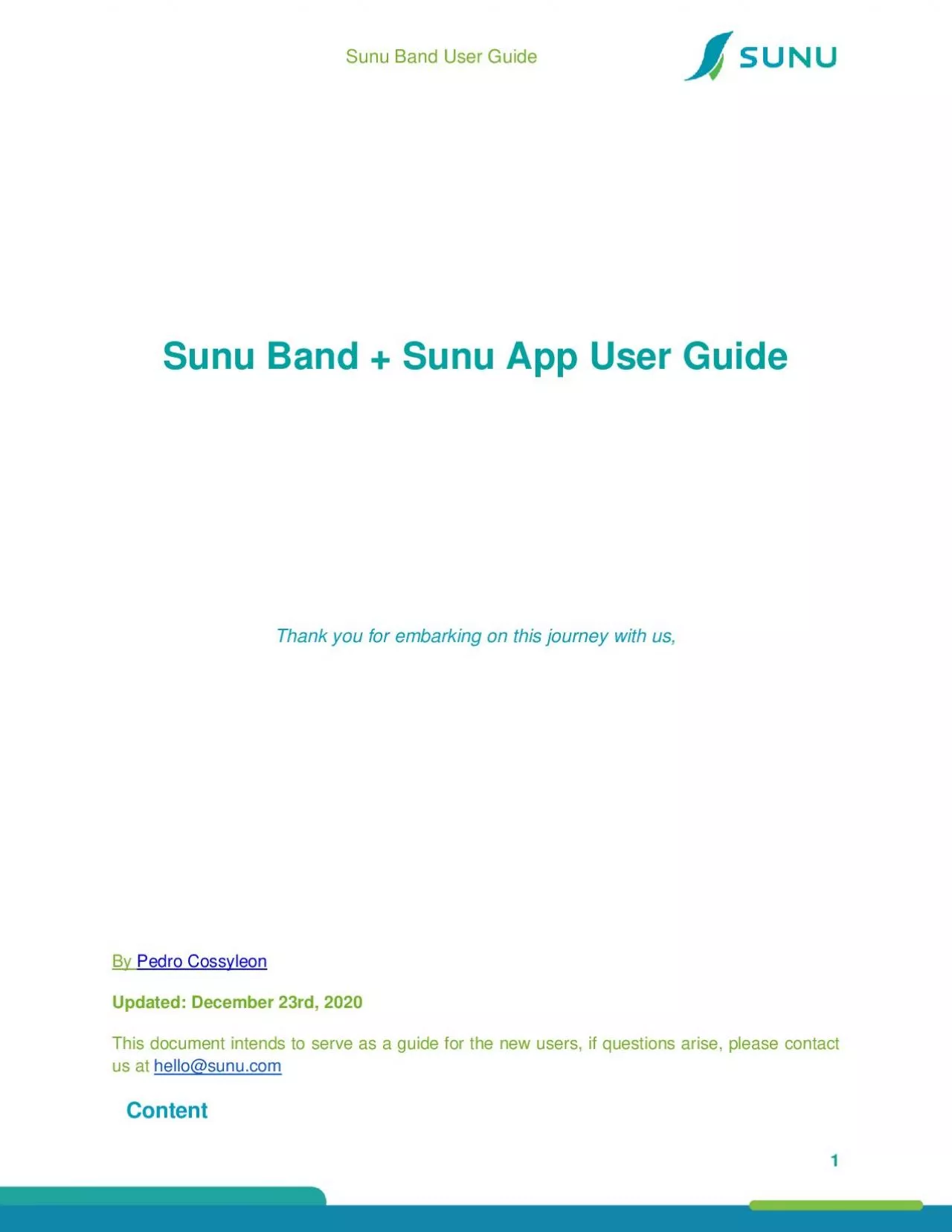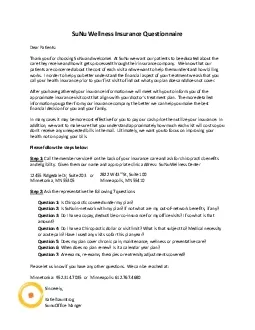PDF-Sunu Band User Guide
Author : oryan | Published Date : 2021-08-21
1Sunu Band Sunu App User GuideThank you for embarking on this journey with us By Pedro CossyleonUpdated December23rd 2020This document intends to serve as a guide
Presentation Embed Code
Download Presentation
Download Presentation The PPT/PDF document "Sunu Band User Guide" is the property of its rightful owner. Permission is granted to download and print the materials on this website for personal, non-commercial use only, and to display it on your personal computer provided you do not modify the materials and that you retain all copyright notices contained in the materials. By downloading content from our website, you accept the terms of this agreement.
Sunu Band User Guide: Transcript
Download Rules Of Document
"Sunu Band User Guide"The content belongs to its owner. You may download and print it for personal use, without modification, and keep all copyright notices. By downloading, you agree to these terms.
Related Documents














